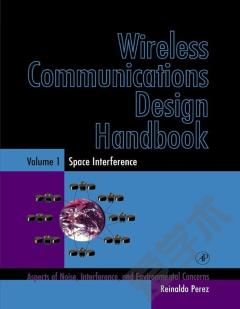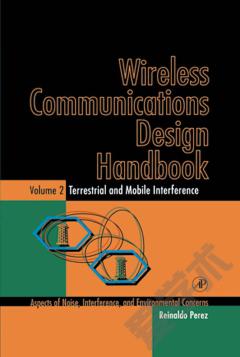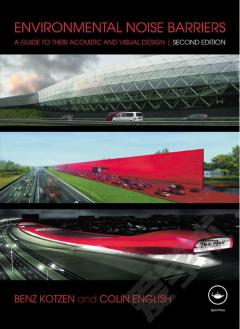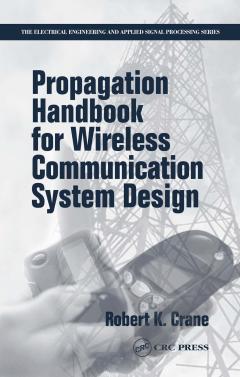Wireless Communications Design Handbook —— Interference into Circuits: Aspects of Noise, Interference, and Environmental Concerns
----- 无线通信设计手册:电路干扰:噪声,干扰和环境问题
The need for controlling interference and limiting noise problems in wireless communications systems starts at the most fundamental levels of circuit design. When efficient approaches for noise control are implemented at the circuit level, it helps significantly to ensure the effective noise control for the overall system design. This book is a practical reference for engineers who are particularly interested in practical case studies covering how to avoid undesired interference and noise problems in their designs. It covers a significant number of chapters dedicated to different aspects of digital, analog, and mixed mode analog/digital design which are directly affected by noise and interference issues. Each of the three Wireless Communications Design Handbook volumes addresses theory and immediate applications. The approach followed is strictly hardware-oriented. The material presented provides a good, practical, and theoretical background of noise sources and their analysis, as well as methodologies for minimizing interference problems in electronic design.An applications-oriented reference for engineers, system designers, and practitionersIncludes computational techniques for simulationAddresses the most common interference concerns in wireless communications circuit designsPresents a hardware-oriented approach for addressing analog, digital, and mixed-made interference concerns with a focus on designAddresses noise sources, interference models, and design solutions simultaneouslyCombines analytical and computer modeling for interference analysisAddresses interference concerns from the IC level to the subsystem level
{{comment.content}}








 京公网安备 11010802027623号
京公网安备 11010802027623号